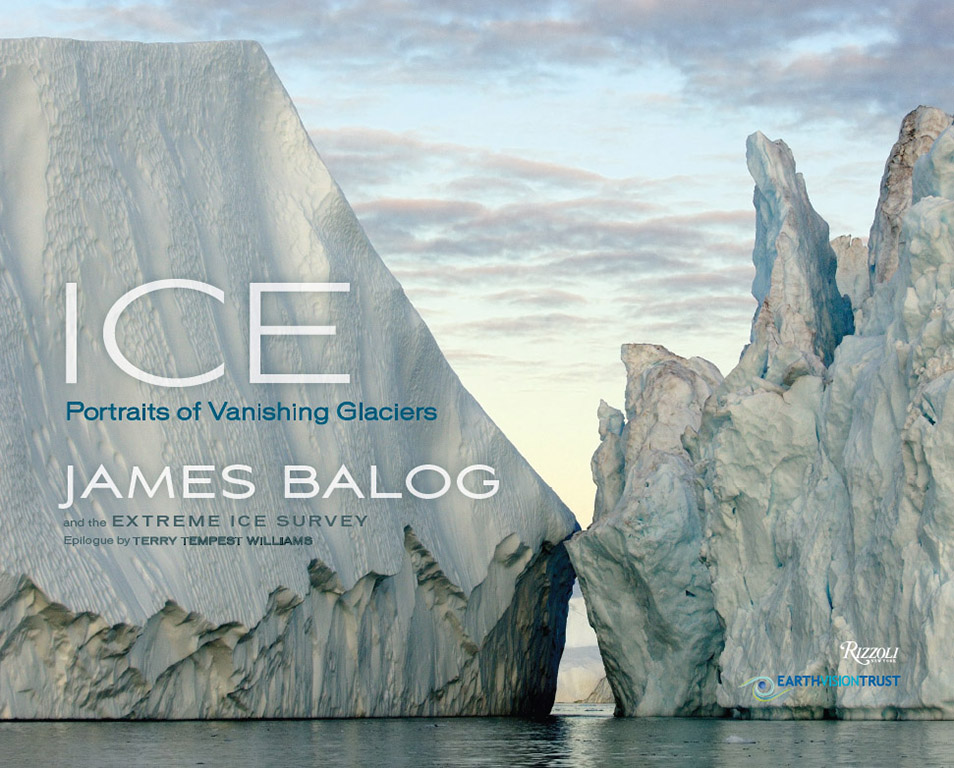
2012 (New York: Rizzoli International)
In a kaleidoscopic view of remote Arctic and alpine landscapes, Ice: Portraits of Vanishing Glaciers celebrates a realm of exquisite beauty at the same time it reveals how climate change is altering our world.
Environmental photographer James Balog and his Extreme Ice Survey (EIS) team—mountaineers and explorers, artists and earth scientists—have produced an historic, definitive look at glaciers. From Greenland and Iceland to the Himalaya Alaska, EIS has ventured into the world’s wildest places—some so remote that no human footstep has ever touched them.
Ice: Portraits of Vanishing Glaciers celebrates the art and architecture of ice. It preserves a monumental legacy of how the cryosphere—the landscape of ice—appears today. See it now, because almost all the features shown in this book will never be seen again in the history of civilization.
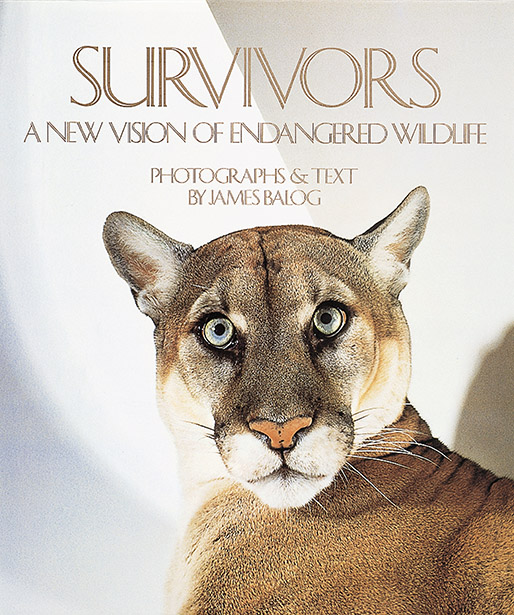
1990 (New York: Harry N. Abrams)
Conventional wildlife photography portrays animals in ostensibly safe and Edenic landscapes. In fact, destruction of natural habitat threatens the survival of many species, which are, in effect, alienated from the wildlands they once knew. Knowing this, James decided to show wildlife in the alien environments of portable photo studios—with fabric backgrounds and artificial lighting—that he constructed around his subjects. Studio styling is used in our culture to attach value to people and products, so by appropriating these tropes, he asserts that ancient biological forms, the products of millions of years of evolution, are precious and valuable, too. Simultaneously, this visual approach produced surprising insights into the symbolic meaning that some animals hold in the human psyche. This ground-breaking body of work inspired legions of other photographers for decades.
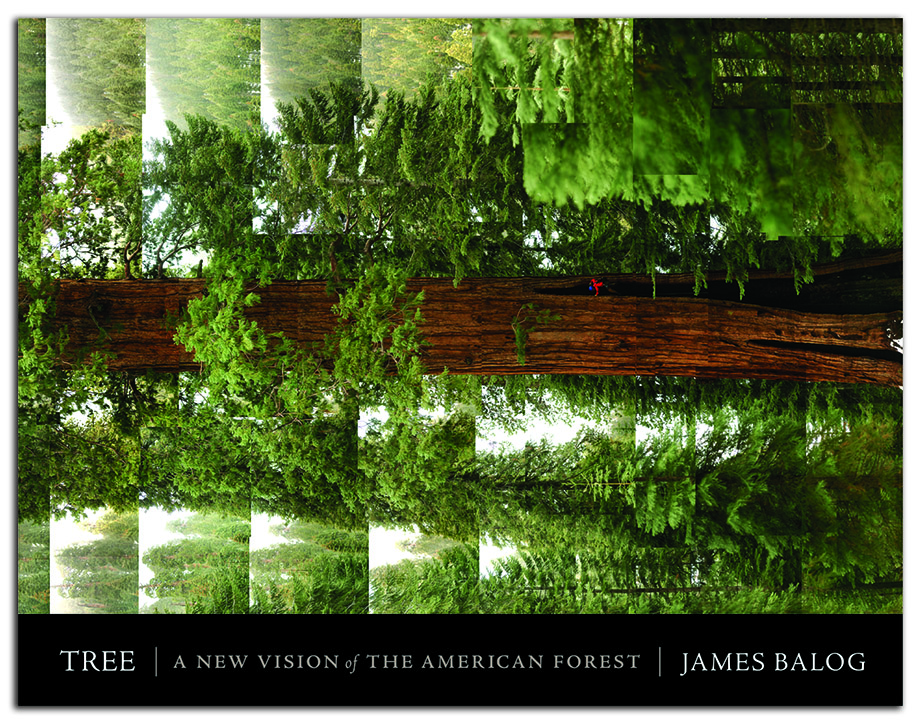
2004 (New York: Sterling)
A quest to photograph North America’s largest, oldest, and strongest trees, plus a glorious obsession with old growth forests, occupied nearly six years of Balog's life and resulted in this large-format volume. At first, he built enormous portrait studios in the forest. Then, beginning in 2000, he invented a method to photograph the very biggest, coast redwoods and giant sequoia, in segments from top to bottom and then composite these elements into portraits that showed the entire tree for the first time. Some images are a celebration of arboreal life, others a reminder of how human impact has altered or eliminated primeval forests. Throughout, the images remind us of the rich abundance of what makes nature natural and preserve it against human impact.

2009 (Washington: National Geographic)
This is the first volume about the Extreme Ice Survey, a project combining still photography and time-lapse imagery to reveal the current impact of human-caused climate change on the world's glaciers. Succinct and thoughtful essays examining how we think about our history and relationship to the natural world will inspire environmentally conscious readers.

1996 (San Francisco: Chronicle)
In this board book, graphically appealing images of wild animals will capture the attention of very young readers and keep them engaged for hours. The story starts out with an "A" for anteater, moves through the alphabet to an "O" for orangutan and ends with a "Z" for zebra.

1993 (Boulder (CO): Arts Alternative Press)
With genes 98.8% identical to Homo sapiens, chimpanzees are our link to the animal kingdom. Anima (a title derived from the work of C. G. Jung and James Hillman) challenges our ancient cultural assumptions about humanity’s lofty perch in the world. Images and texts ask us to imagine and create a healthier, more integrated relationship between humans and the rest of nature.
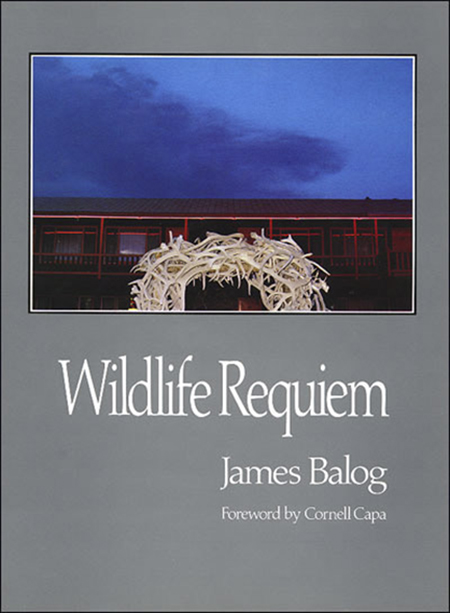
1984 (New York: International Center of Photography)
In Wildlife Requiem, we see deer, elk, bear, and antelope from their first encounters with hunters to their final resting places as trophies and icons. The beauty—color, light, and design—found in the harsh world of the hunter and the hunted creates a tension between the simultaneous existence of life and death, freedom and constraint, destruction and birth. These dualities raise the question of whether or not human action can eradicate not only the physical reality of the animals themselves, but also the anima—the spirit—of the wilderness.
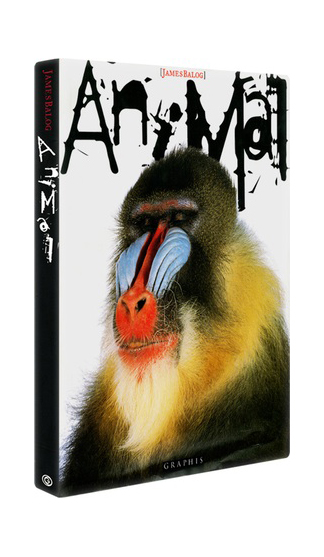
1999 (New York: Graphis)
In this stunning anthology, James Balog takes us on a vivid journey through the animal world. These extraordinary photographs, many unpublished, explore the abundant beauty, character, and emotional power in animals that share the planet with our own animal species, Homo sapiens. We see charismatic species like elephant, lion, and wolf, as well as little-known, highly endangered animals like the Wyoming toad. We experience the adrenaline of the kill and the charm of infant animals. From the elegance of his acclaimed studio portraits to the timeless beauty of a black-and-white series produced in Africa, this is a wildlife book like you’ve never seen before.